All Stories
-
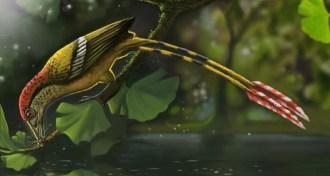 Paleontology
PaleontologyHorned dino aside, here are some other fun fossil finds
Here's a roundup of some fossil finds reported this week.
-
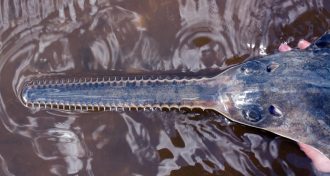 Animals
Animals‘Virgin births’ won’t save endangered sawfish
Sawfish are the first wild vertebrates found to reproduce via parthenogenesis.
-
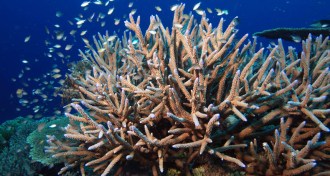 Climate
ClimateReal estate is tight as marine species move to cooler waters
Marine species migrating amid global warming face shrinking habitats in cooler locations.
By Beth Mole -
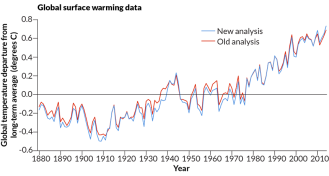 Climate
ClimateGlobal warming ‘hiatus’ just an artifact, study finds
Skewed data may have caused the appearance of the recent global warming hiatus, new research suggests.
-
 Neuroscience
NeuroscienceFemale’s nose blocks scent of a male
When a female mouse is in an infertile stage of her reproductive cycle, her nose cells don’t alert her brain to the presence of a potential mate.
-
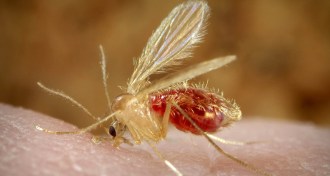 Health & Medicine
Health & MedicineFly spit protein holds back parasite infection in monkeys
A protein called PdS15 found in the saliva of the sand fly that spreads leishmaniasis may be used in a vaccine to combat the parasitic scourge causing the illness.
-
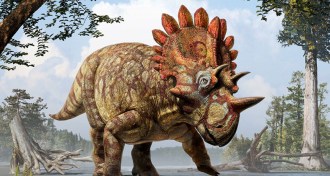 Paleontology
PaleontologyTriceratops relative reveals dino diversity
A newly discovered relative of Triceratops provides new insight into the evolution of horned dinosaurs.
-
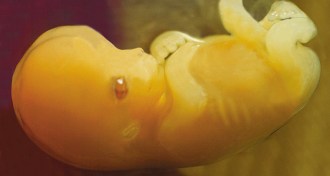 Genetics
GeneticsDNA tags mostly deleted in human germ cells
Human embryos come with some heavy-duty erasers. Chemical tags on DNA get mostly wiped out in the womb.
By Meghan Rosen -
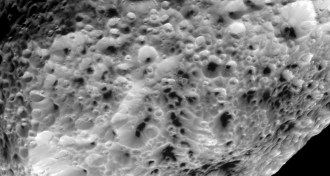 Planetary Science
Planetary ScienceCassini gets last look at Saturn’s spongy satellite Hyperion
The Cassini spacecraft buzzed Saturn’s spongy moon Hyperion for the final time and sent back more pictures of this odd little satellite.
-
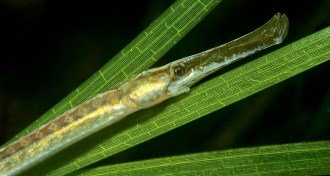 Animals
AnimalsPregnant male pipefish not so great at giving embryos oxygen
During male pregnancy, pipefish embryos can get stunted by low oxygen in dad’s brood pouch.
By Susan Milius -
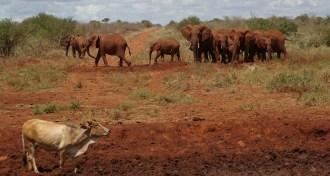 Animals
AnimalsAfrican herbivores share space but not diet
Large herbivorous mammals on the plains of Kenya have distinctive diets, a new study finds.
-
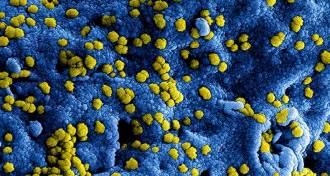 Health & Medicine
Health & MedicineDeadly MERS spreads in small cluster in South Korea
Thirty people have MERS virus in the South Korean outbreak, including China’s first case.